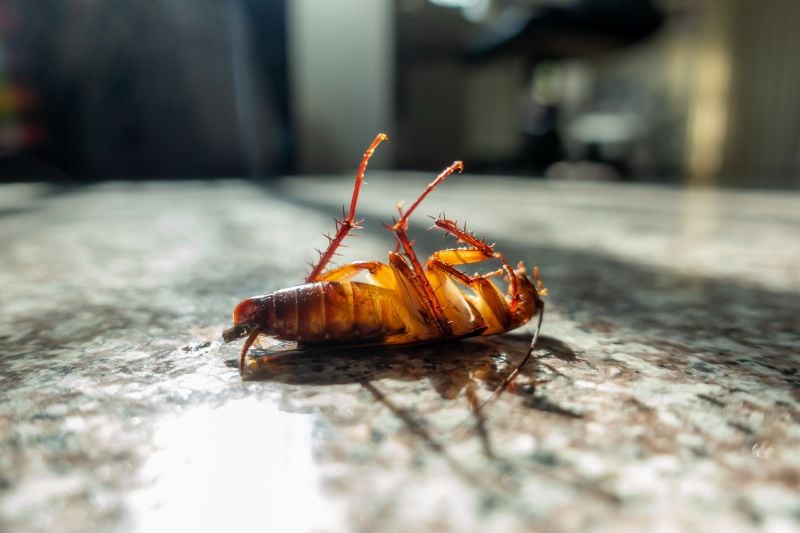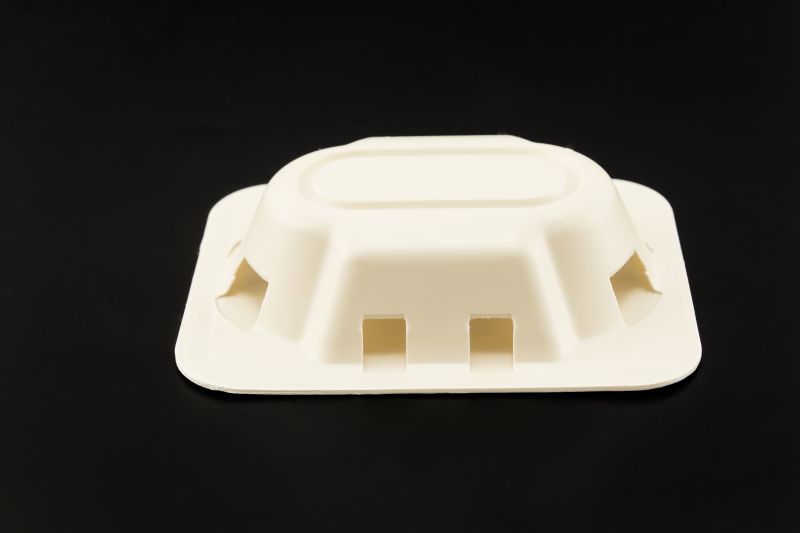Roach Control Las Vegas | Green Wave Pest Solutions
Home » Blog » Roach Control Las Vegas | Green Wave Pest Solutions
Roach Control Las Vegas

Roach Control Las Vegas is an issue many residents have. One way to rectify the problem is to lay out cockroach bait. Roach bait is a modern pest control method that is used to eliminate cockroaches from indoor areas. The effectiveness of this pest control method is based on cockroaches’ cannibalism and coprophagy.
Cockroaches make their homes in nests. As a result, killing a few roaches that happen to fall into a trap is an ineffective way of handling the insect. Even if all adult roaches outside the nest are exterminated, some live eggs will remain and hatch, resulting in exponential growth.

How To Clean Roach Infested House
The main challenge in managing cockroach infestations is ensuring that enough pesticide reaches a large enough proportion of people to achieve control. Insecticidal sprays, dusts, gels, sand baits, and other products are used to treat cockroach infestations. Cockroach bait can range from simple poisons that kill only by direct feeding to the new insecticides that use delayed transferred toxic action to kill a large enough proportion of the cockroach population in a short period of time.
Cockroaches eat their own feces as well as the feces of other roaches. Cockroaches return to the harborage to excrete feces after feeding and enjoying a lethal dose of a residual bait pesticide with delayed toxicant operation. The pesticide-laced feces, fluids, and eventual carcass can contain enough pesticide to destroy others in the same nesting site. Since the roach staggers around for hours or even days, it infects other roaches in the nest, transferring toxicant by feces, which then infects more. This secondary transmission occurs when infected cockroaches come into direct contact with, or ingest, residues of baits spread in the environment by cockroaches. These residues were either deposited in the atmosphere by “trampling” or on dead cockroaches that had been poisoned.
Why Does Las Vegas Have So Many Cockroaches
The cascading effect works to protect entire colonies from indirect exposure by linking them to previously exposed cockroach corpses, feces, or harborages.
When infected with a large amount of residual pesticide through feces, secretions, exuviae, or corpses, such nests provide a large reservoir of pesticide that can be used to contaminate other organisms. Residual pesticides provide an efficient and environmentally friendly method of controlling cockroaches due to their efficacy against cockroaches, their deployment in secure bait stations, and the means by which the active toxicant is transmitted to cockroaches who have not provided around the baits.
An active ingredient (AI) is a biologically active substance used in pesticides.
The ingredients Fipronil.05 percent or Hydramethylnon 2 percent may be used in roach bait to control colonies. Indoxacarb variants are available. The infected cockroaches, as well as their fluids, become bait as a result of residual pesticides. When paired with a lure, these slow-acting poisons give the poisoned insect time to return to the colony or harborage and infect others.
Fipronil Toxicity Dogs
Fipronil is the active ingredient.
The insect nervous system is disrupted at a concentration of 0.05 percent, and the cockroaches die within 6 to 24 hours. Cockroaches that are huddled together pass pesticide to one another by contact. Fipronil is a pesticide that works by touch and stomach action. It’s only slightly soluble in water and only lasts a year at room temperature. Fipronil is a highly active enzyme that has the ability to inhibit the nervous system of insects.
Fipronil bait is more effective and kills faster than Hydramethylnon bait. Fipronil bait has a higher rate of secondary transmission-related mortality than Hydramethylnon bait. Fipronil is classified as a “Group C – potential human carcinogen,” and it has been linked to tumors in rats, particularly thyroid tumors.
The active ingredient Hydramethylnon 2 percent was used as a pesticide for cockroaches in the form of bait, which resulted in 50 percent-4 days of death. Hydramethylnon inhibits mitochondrial wind turbines and has a delayed effect, with death usually occurring 24 hours after the bait is used. There are no immediate signs and symptoms of poisoning after a single feeding, but the insects become lethargic and stop eating after a few hours. The insects will die within 24 to 72 hours if the issue is not addressed.
Insects are killed by hydramethylnon because their wind turbines are disrupted within their cells. Hydramethylnon is a stomach poison with a long half-life (delayed toxicity) that doesn’t require food to function. Cockroaches are poisoned by both topical and oral application. Contact-based hydramethylnon residues are less effective against cockroaches than ingestion-based residues. It’s preferable to use a slow-acting poison so that they can return to the colony and discuss it with the other cockroaches. Cockroaches that have consumed Hydramethylnon infect other cockroaches that have not been exposed to the baits in this way. In rats, hydramethylnon can cause cancer, especially uterine and adrenal tumors, as well as lung cancer.
Although a little more toxic, this pesticide is professional-grade and much more powerful than the roach baits previously mentioned.
Boric acidity is distributed as a dust, which is both a contaminant and a desiccant, rather than as a lure in its dry form. Boric acid is commonly combined with water to make a paste. Boric acidity is combined with roach attractants. It has the consistency of tooth paste.
acidity of boric acid Roach baits are made up of a unique combination of attractants. Exterminator or pest supply stores often stock these products. They’re available at most hardware stores and a few big do-it-yourself or home improvement stores. Boric acidity can be harmful to humans, livestock, and children if consumed in large quantities.
Cockroaches prefer to live in groups with other cockroaches in the darkest possible shelters. They unconsciously prefer darker places to brighter ones. Cockroaches can prepare themselves if the environment is candlelit and densely populated, and they will use their antennae to detect the presence of other cockroaches.
Sudden Appearance of Cockroaches
The best way to figure out how active cockroaches are and where they hide is to look at them at night. Cockroaches generally come out at night, so few that are seen during the day are likely driven out due to overcrowding, which may indicate a severe invasion. As a result, cockroach feces (which resemble pepper) are more likely to be encountered than real cockroaches. Crowds and darkness are preferred by roaches. They will make their decision based on just two pieces of facts. They’re going where there are the most cockroaches and the darkest. They act as though they are a group, and they appear to stick together.
Proper positioning and strategies are essential for baiting to work. Baits should be used to get as close to the nest as possible. A bait placed 50 cm away from a nest will help to reduce the amount of bait consumed by half. When the same bait can be used to pay for two locations, it’s possible that the region with the most traps would have the most bait consumed. Insecticides should not be sprayed in baited areas because they can contaminate the bait, causing the roaches to stop eating it. Baits, gels, and bug Growth Regulators can all be useful in some situations.
Bait that is visible, such as on a wall, is ineffective since cockroaches are less likely to find it. If the nest was 50 cm away instead of 50 cm away, two times as much food was eaten each day. A small amount of bait spread out over a large number of locations offers greater control than a large amount in a few locations.



